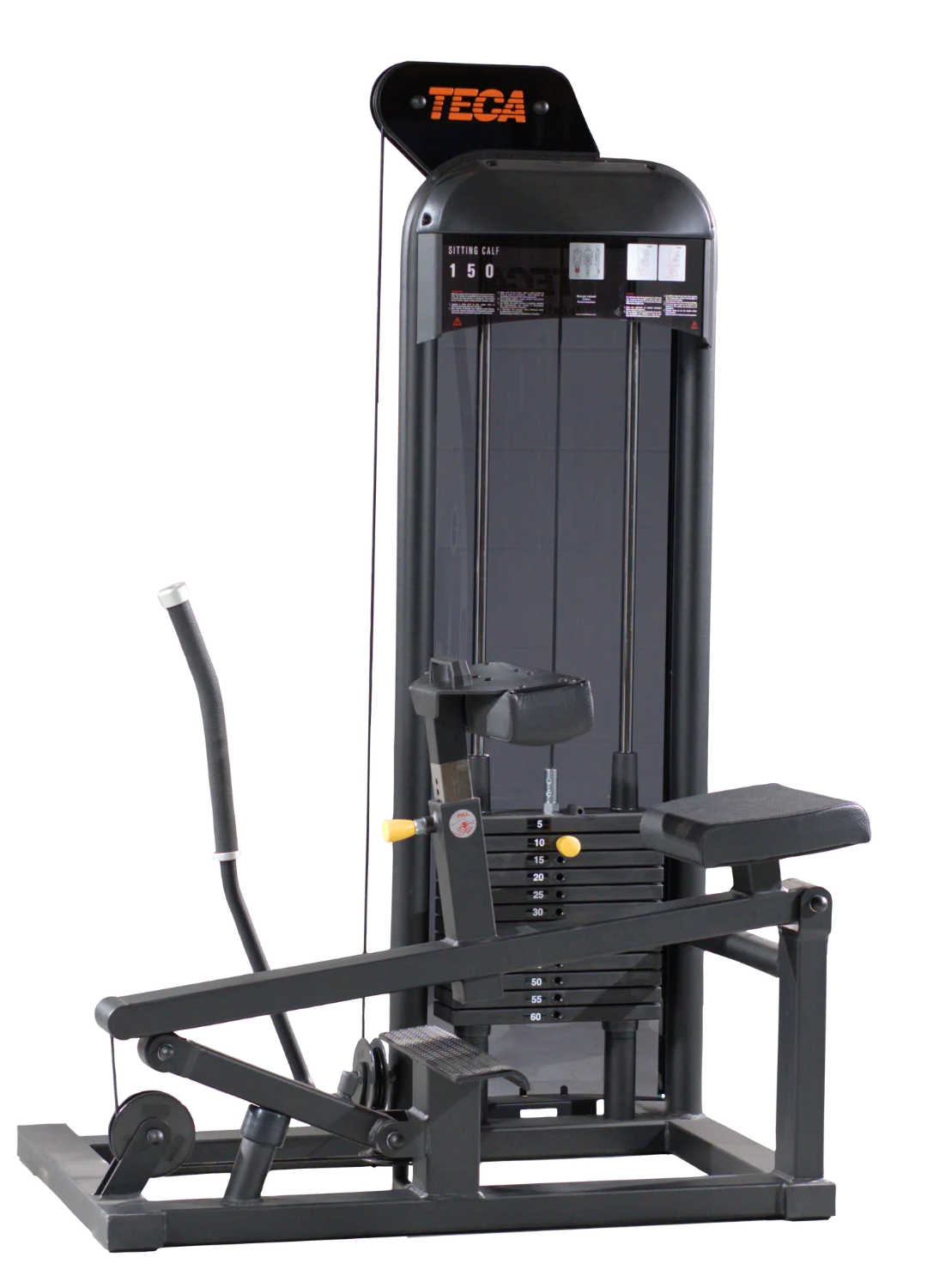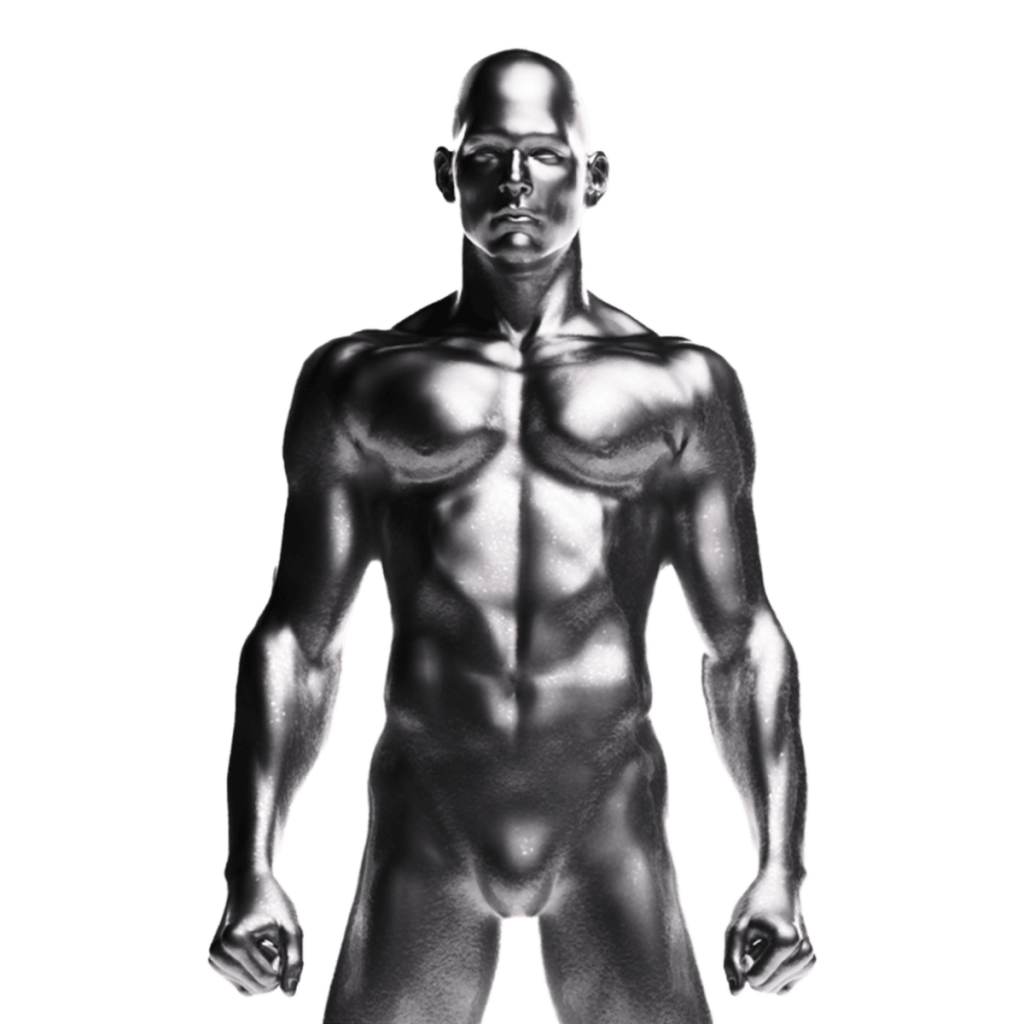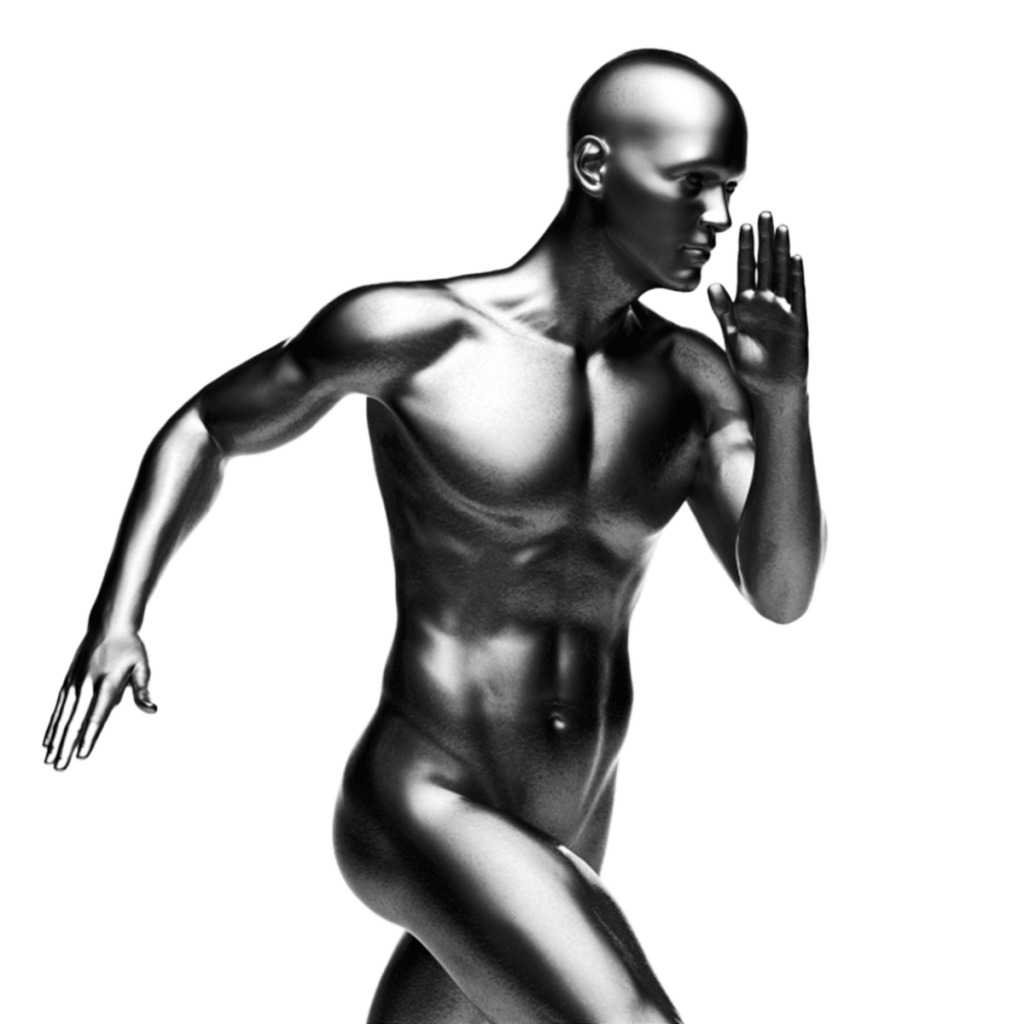The Sitting Calf offers superior isolation of the soleus thanks to the seated position with knees at 90°, a condition that partially deactivates the gastrocnemius and allows for deeper, more controlled and highly effective work. Traditional gym equipment often fails to distinguish between the two main muscles of the triceps surae, whereas the Sitting Calf is specifically designed to target the portion of the lower leg that determines shape, postural stability, endurance and venous return.
For the user, the feeling is immediate: strong muscle pump, clear perception of the working muscle and zero stress on the lower back or hips. For the club, it means having intuitive, safe strength equipment that can be used by anyone without constant supervision. It is a compact machine that significantly elevates the completeness of the isotonic area.
Many gyms underestimate calf training, but for a forward-thinking owner this represents a major opportunity. The soleus is a key muscle for posture, gait, venous return and knee stability—integrating it into training programs raises the perceived technical quality. A weight room without a dedicated seated calf machine looks incomplete, especially to experienced members or PTs who work with biomechanics.
Commercially, the Sitting Calf allows the club to offer more complete programs:
– aesthetic leg programs (particularly in demand among female members),
– injury-prevention protocols for runners and athletes,
– postural and ankle-strengthening programs.
In a market where most gym equipment looks similar, the Sitting Calf adds a professional touch that elevates the entire strength area. It’s a low-cost, low-footprint machine that delivers value far beyond its size. A small investment with a high return in terms of completeness and customer satisfaction.
The Sitting Calf is ergonomic, self-explanatory and highly controllable. Users don’t need to guess angles, positions or techniques: they sit, place their feet and lift. Guided biomechanics eliminate the most common mistakes (bouncing, excessive momentum, lumbar extension) that often force trainers to intervene when members attempt calf exercises on steps, leg presses or improvised setups.
For the club, this translates into operational freedom:
– fewer requests for help during peak hours,
– less congestion on multi-purpose machines,
– better flow, more autonomy, higher user satisfaction.
User experience also improves for a psychological reason: the calf is a hard muscle to “feel”, and many people struggle to activate it correctly. The Sitting Calf, instead, provides immediate feedback. This increases perceived training effectiveness and enhances the professional image of the club—a key factor for retention.
The Sitting Calf is far more profitable than it appears because it fits seamlessly into multiple commercial offerings:
• Women’s “light & toned legs” programs → among the most requested services.
• Postural and foot/ankle strengthening programs → highly valuable for runners and functional-training clients.
• Circulation-boosting and anti-swelling programs → enhanced venous return increases perceived results.
• PT studio work → perfect for selective, technical and corrective training.
• “Lower body aesthetics” packages → ideal for transformation programs.
The Sitting Calf also frees up multi-use machines by preventing inexperienced users from performing calf raises on the leg press, reducing wait times and increasing turnover on higher-value strength equipment.
In a PT studio, the Sitting Calf becomes essential for functional evaluations: asymmetries, ankle-strength deficits, tightness in the triceps surae. Working on these points improves program accuracy and therefore the perception of professionalism.
It also acts as an upsell driver: you can include it in premium packages such as “slim legs”, “running preparation”, or “posture & ankle stability”, increasing the value of programs without increasing time or complexity.
The Sitting Calf is not just an aesthetic machine for calves: it is one of the most underestimated yet strategic pieces of equipment for improving posture, gait, performance and injury prevention. In a seated position with the knee flexed, the soleus—the main postural muscle of the lower leg—works in complete isolation, finally becoming the true protagonist of the movement.
A strong soleus means better ankle stability, improved load management during squats, lunges and deadlifts, smoother gait and more efficient venous return (crucial for lighter legs, especially for female members).
Gyms often focus on glutes, quads and hamstrings but overlook the soleus’ role in the kinetic chain. The Sitting Calf closes this “biomechanical gap” in a simple, safe and automatic way for the user.
For a club, this means offering not just an aesthetic workout, but a complete and truly functional lower-body solution:
– lower injury risk,
– better performance in multi-joint lifts,
– improved everyday posture,
– more harmonious and visible aesthetic results.
It’s a compact machine with a huge impact on global well-being. A technical detail that elevates the entire strength area.








